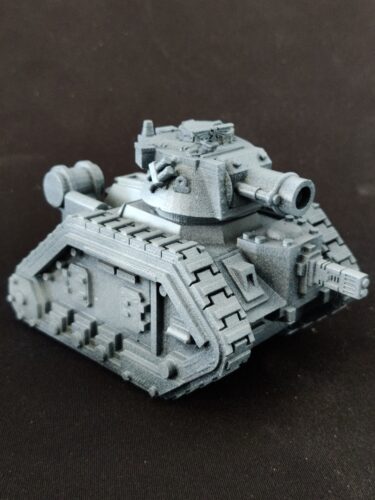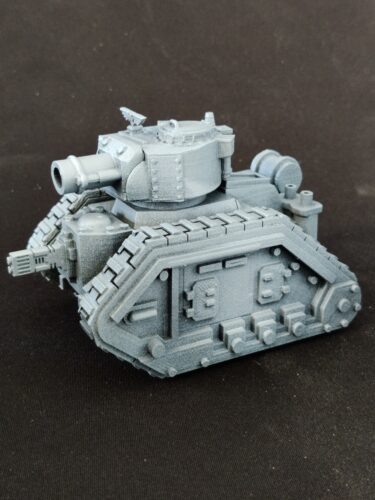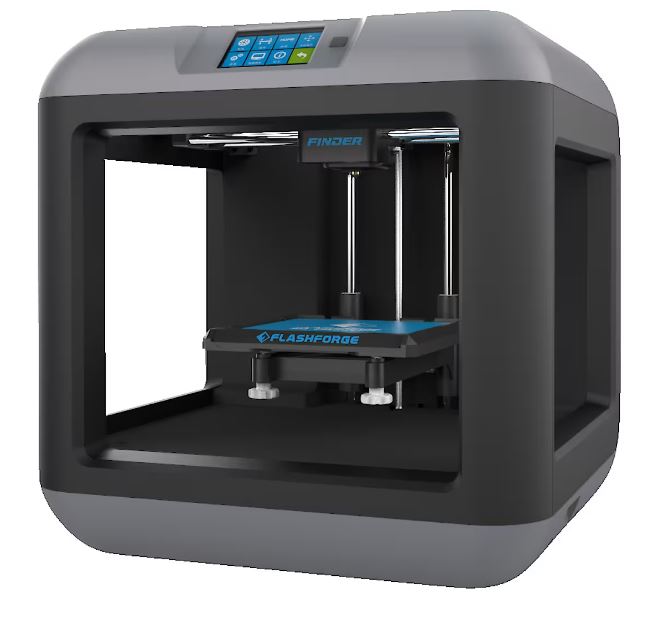The advent of 3D printing has transformed the world of tabletop gaming, particularly when it comes to adding realistic tanks to war game scenarios. Here, we’ll explore the pros and cons of 3D printing tanks for tabletop games.


Pros:
- Customization: 3D printing allows gamers to design and create tanks tailored to their specific preferences, from historical accuracy to futuristic sci-fi designs. This level of customization adds a personal touch to gaming scenarios.
- Affordability: Purchasing ready-made miniature tanks can be costly, but 3D printing allows gamers to create their own at a fraction of the price. Over time, the initial investment in a 3D printer can lead to significant savings.
- Availability: With 3D printing, gamers have access to an extensive catalog of tank models available online. This availability ensures that you can find the perfect tank design for your tabletop game, regardless of the era or setting.
Cons:
- Initial Investment: While 3D printing can save money in the long run, the upfront cost of a 3D printer and quality filament can be relatively high.
- Learning Curve: Operating a 3D printer and creating intricate tank designs may require a learning curve. Novice users may face challenges with calibration and fine-tuning.
- Time-Consuming: 3D printing can be time-consuming, especially for complex tank models. Printing, post-processing, and painting can take several hours or even days, which may not be ideal for gamers seeking immediate gratification.
In conclusion, 3D printing tanks for tabletop games offers unparalleled customization and affordability, but it comes with initial costs, a learning curve, and time considerations. Ultimately, the decision to utilize 3D-printed tanks depends on the individual gamer’s preferences, budget, and willingness to explore this exciting technology in the world of tabletop gaming.

Leave a Reply